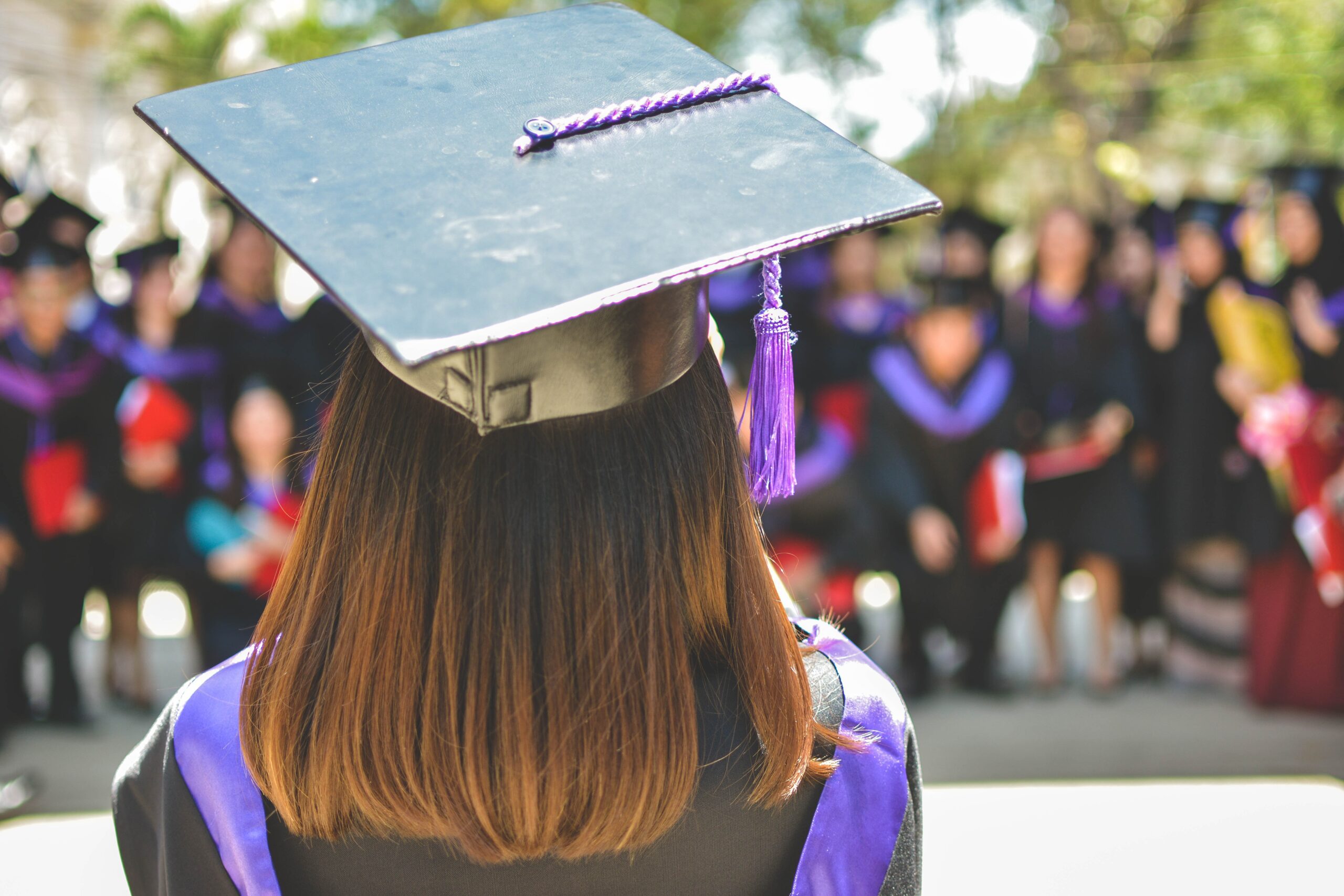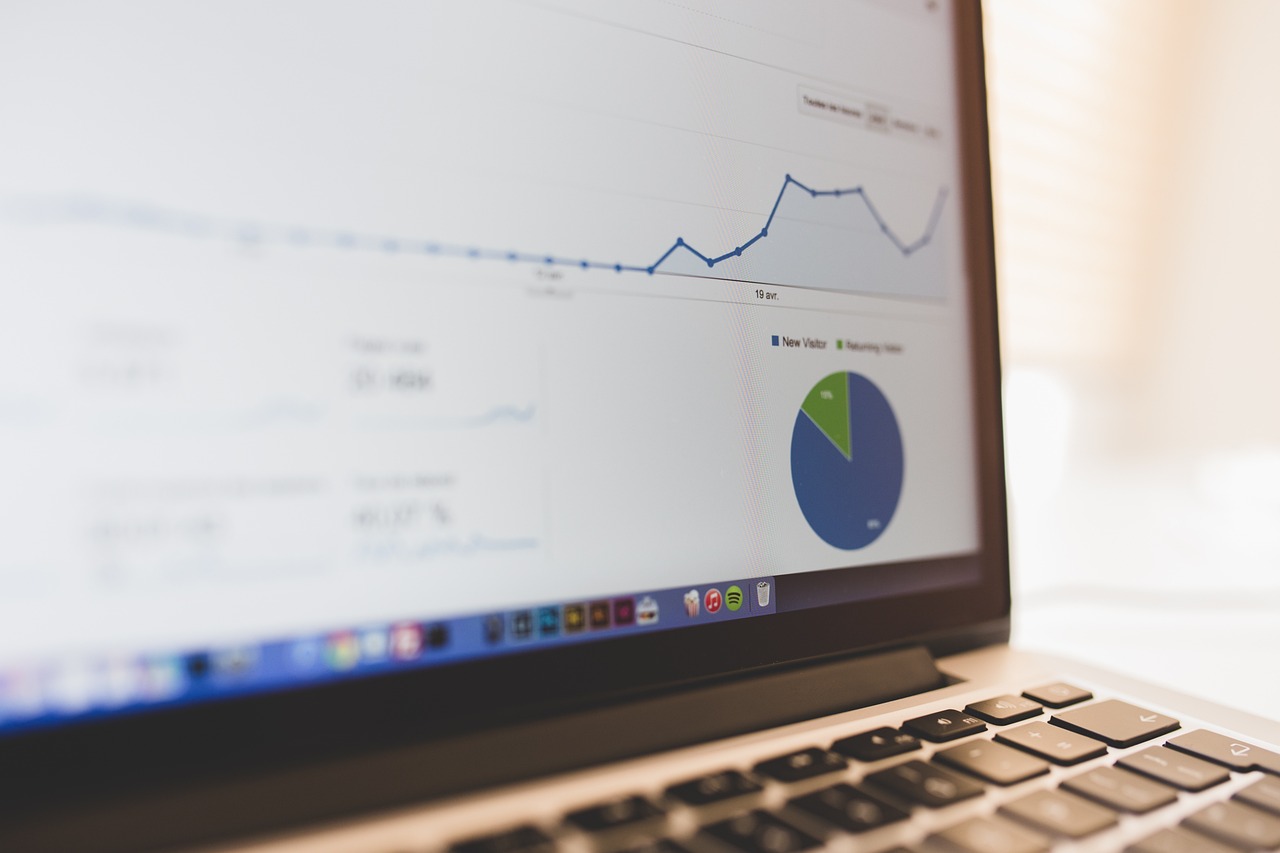 Student loan debt is often a pressing issue for individuals seeking higher education. The burden of loan repayment often lingers long after graduation, affecting financial stability and future plans. However, there are various student loan forgiveness programs available to alleviate this burden. Below I explore who has had their student loans forgiven in the past and who might benefit from loan forgiveness in the future.
Student loan debt is often a pressing issue for individuals seeking higher education. The burden of loan repayment often lingers long after graduation, affecting financial stability and future plans. However, there are various student loan forgiveness programs available to alleviate this burden. Below I explore who has had their student loans forgiven in the past and who might benefit from loan forgiveness in the future.
1. Past Beneficiaries of Student Loan Forgiveness
a) Public Service Loan Forgiveness (PSLF)
+ Eligible individuals who have made 120 qualifying payments while working full-time for a qualifying employer, such as a government or non-profit organization, can have their remaining loan balance forgiven.
+ Teachers, nurses, military personnel, and other public servants have benefited from this program.
b) Teacher Loan Forgiveness
+ Educators who have taught full-time for five consecutive years in certain low-income schools or educational service agencies may qualify for loan forgiveness up to $17,500.
c) Perkins Loan Cancellation
+ Borrowers with Federal Perkins Loans may be eligible for loan cancellation if they work in specific occupations, such as teaching, nursing, or law enforcement.
d) Loans Cancelled by the Biden Administration
+ Hundreds of thousands of federal student loans have been canceled by President Joe Biden to fix income-driven repayment plans.
2. Future Beneficiaries of Student Loan Forgiveness
a) Biden Administration’s Proposals
+ President Joe Biden has proposed additional initiatives to address student loan debt, such as expanding the Public Service Loan Forgiveness (PSLF) program and increasing the income-driven repayment plan options.
+ The administration is also considering canceling a portion of student loan debt for borrowers earning below a certain income threshold.
b) State and Employer-Sponsored Programs
+ Some states have implemented or are exploring programs that offer loan forgiveness for specific professions, such as healthcare workers in underserved areas or STEM-related fields.
+ Certain employers, both in the public and private sectors, may provide loan forgiveness as part of their employee benefits package.
c) Loan Forgiveness for COVID-19 Relief
+ In response to the economic impact of the pandemic, temporary relief measures have been implemented, such as the suspension of student loan payments and the waiver of interest on federally-held loans.
+ It is possible that additional loan forgiveness programs may be introduced to provide relief to borrowers affected by the pandemic, depending on future legislation.
Conclusion
Student loan forgiveness programs have been instrumental in providing relief to borrowers burdened by educational debt. Past beneficiaries have included public service workers, teachers, and those in specific occupations. Looking toward the future, proposed initiatives from the Biden administration, state-sponsored programs, and employer benefits may expand eligibility for loan forgiveness. While the specifics of these programs may vary, the underlying goal remains the same – to alleviate the financial strain for individuals pursuing higher education and encourage economic growth.
It is important for individuals with student loans to stay informed about available forgiveness programs and eligibility criteria. By understanding the possibilities for loan forgiveness, borrowers can make informed decisions and take advantage of the opportunities that may provide relief from their student loan debt.

Victoria is a content writer with a passion for providing well-researched information and wide-ranging resources that help people overcome professional and personal obstacles.





